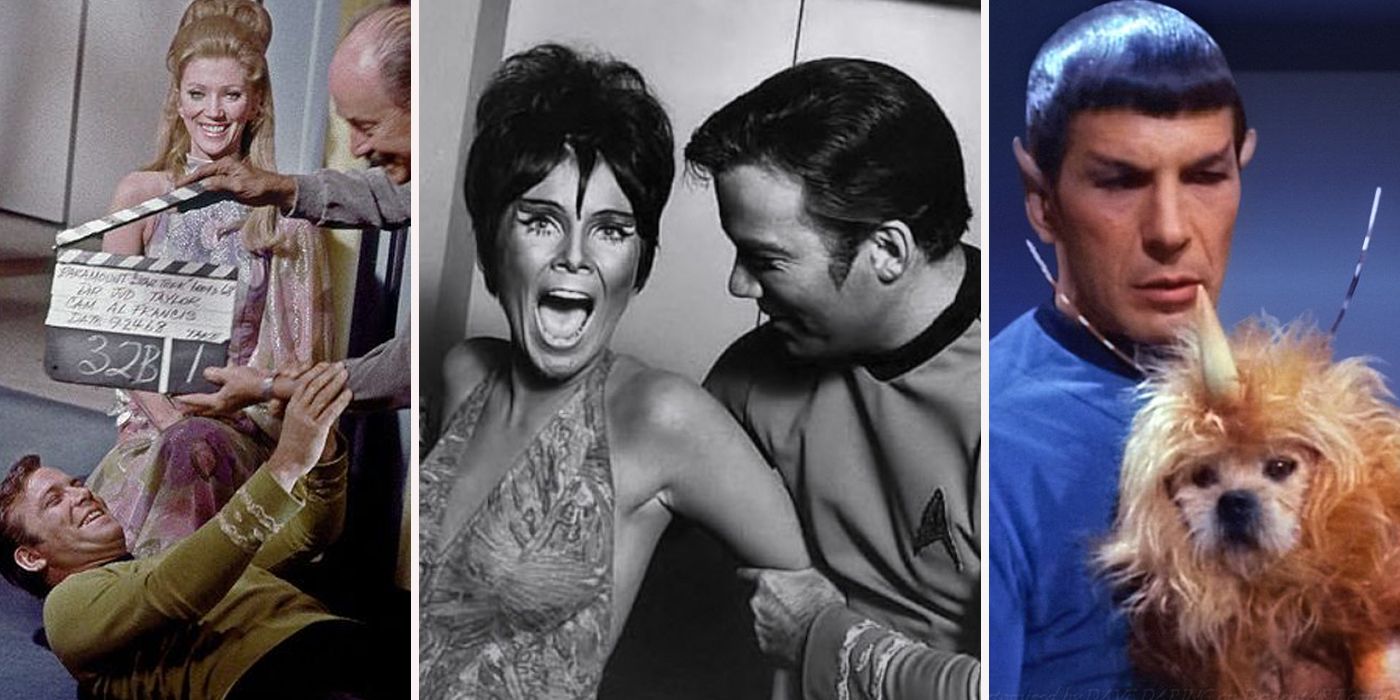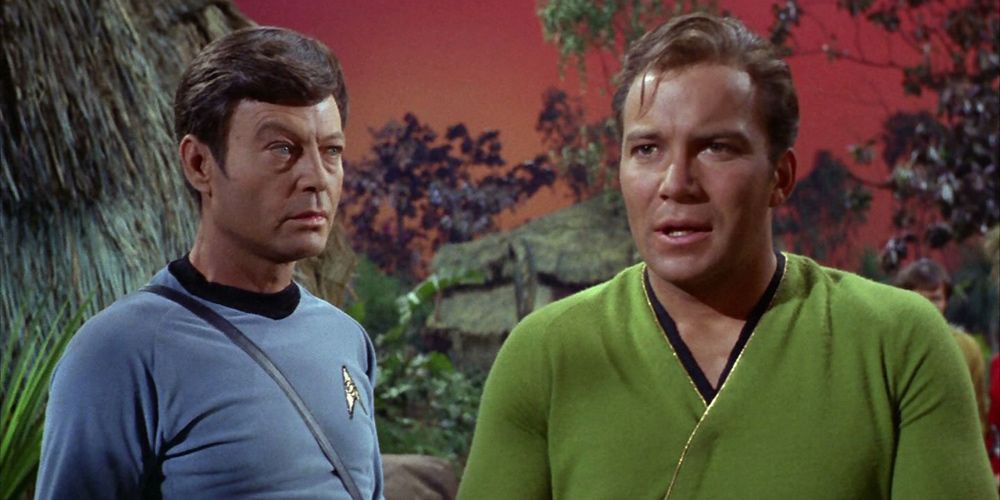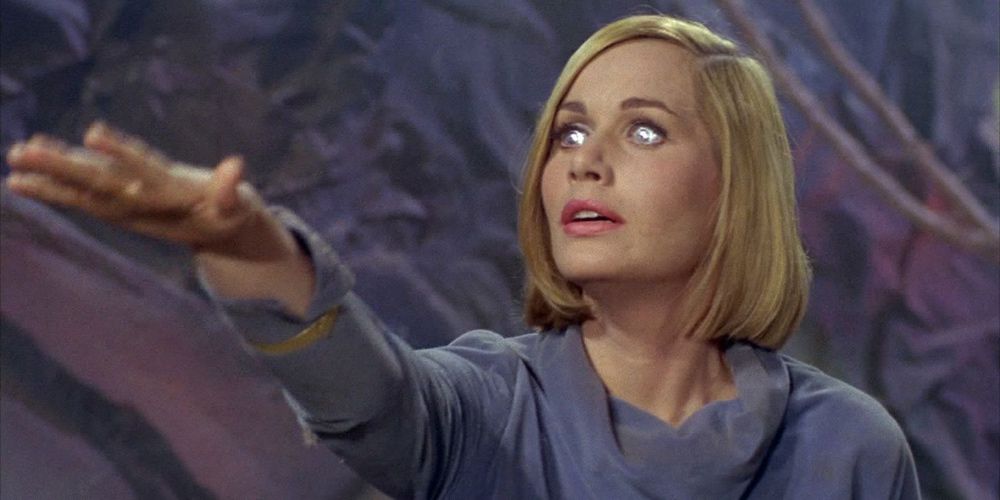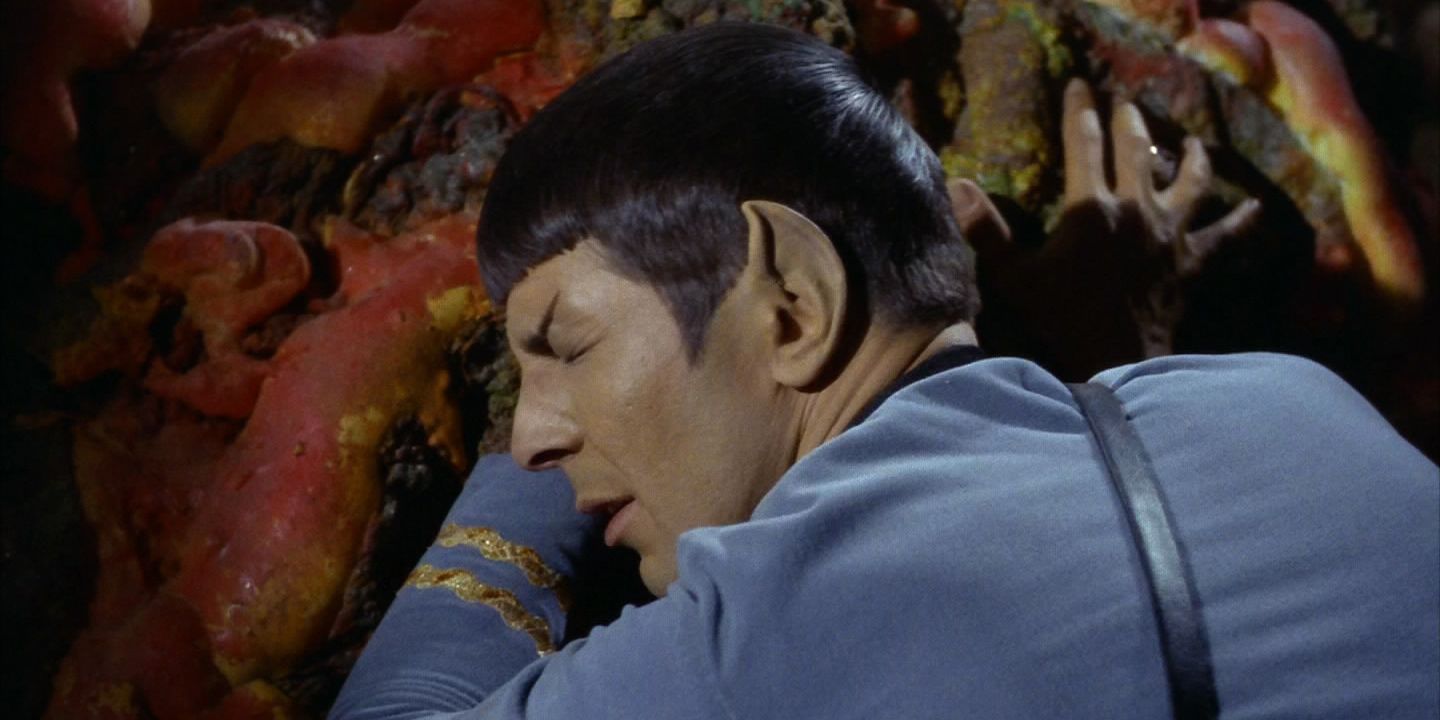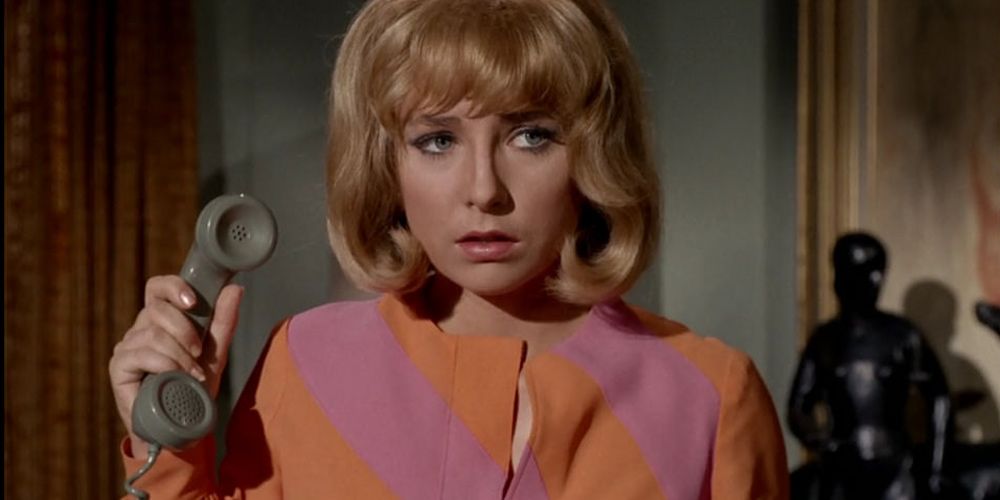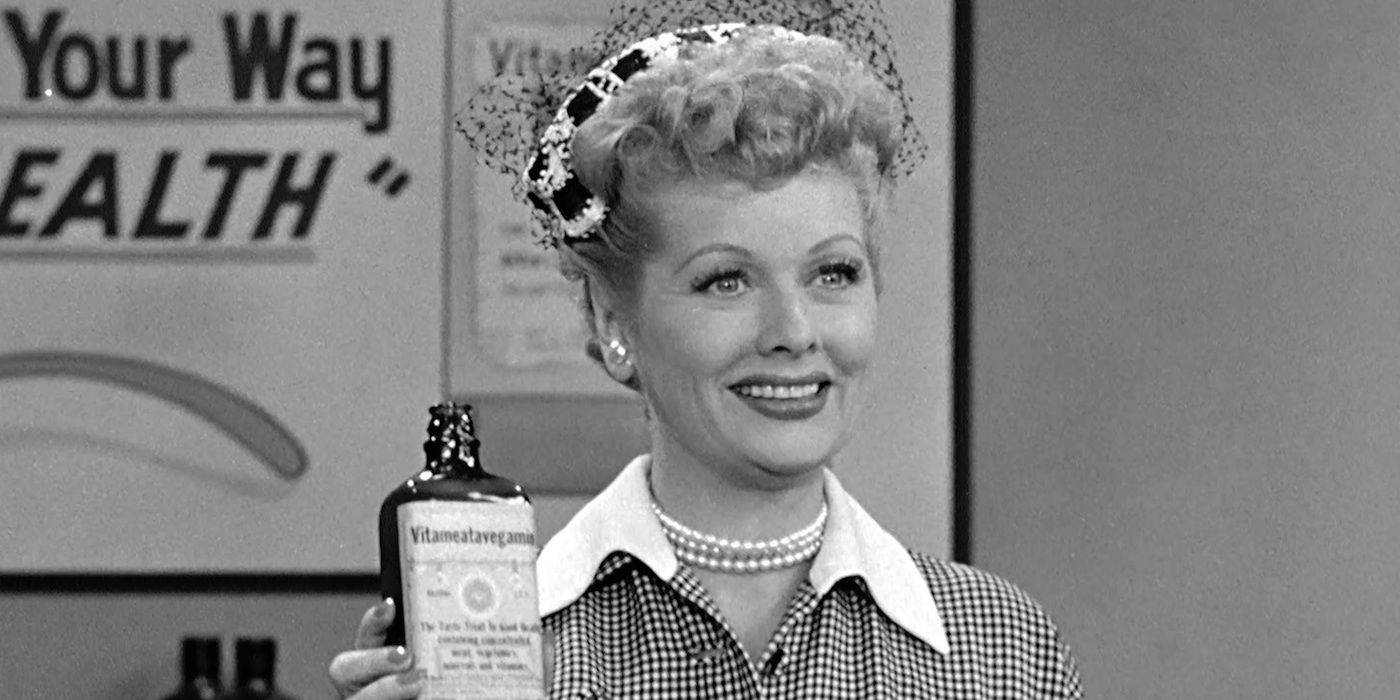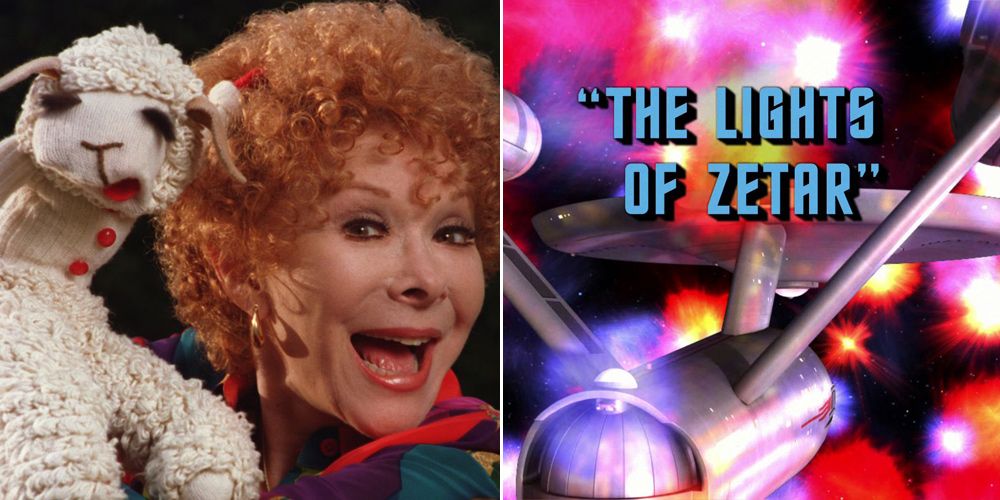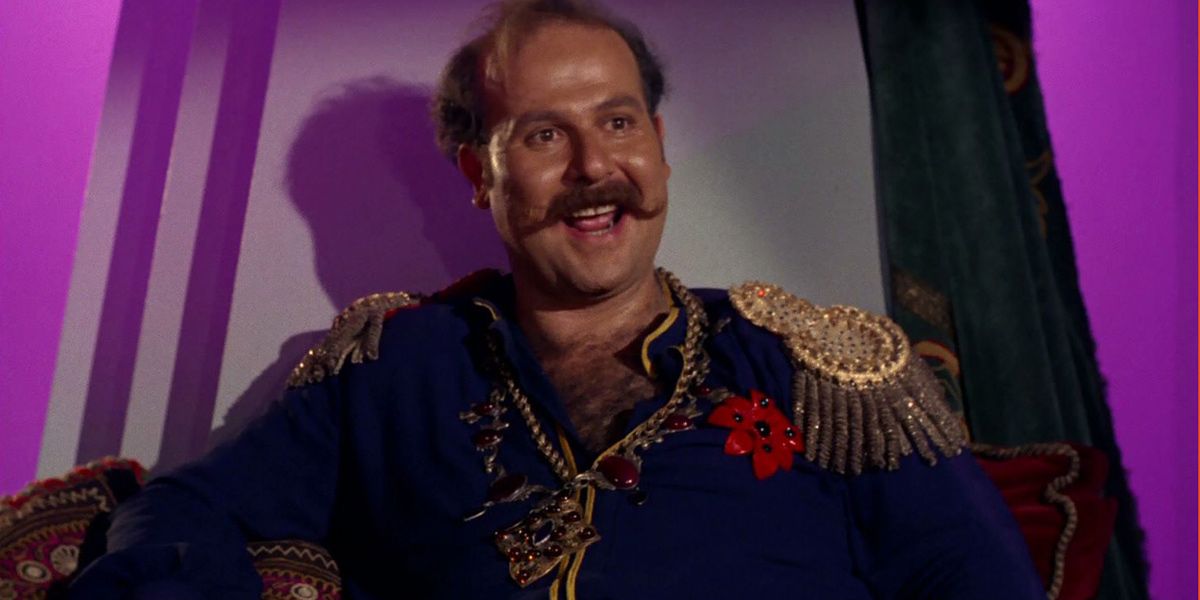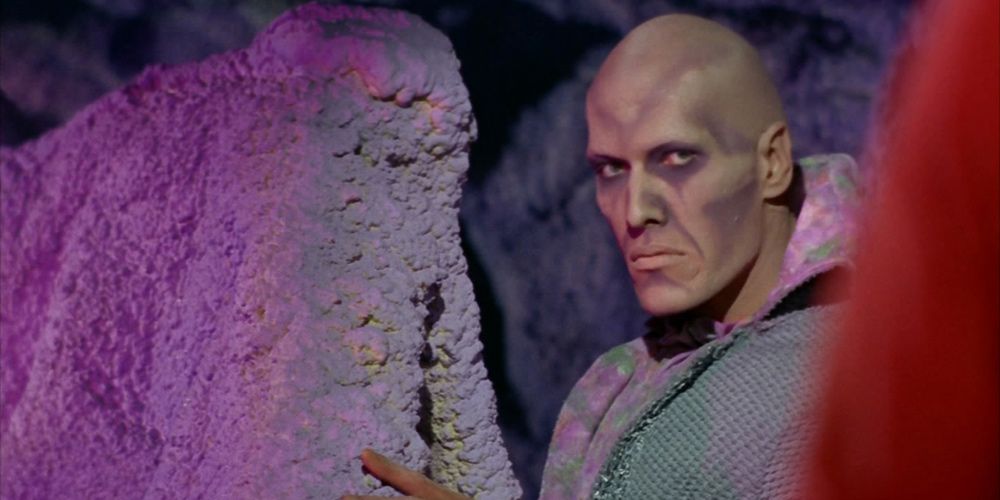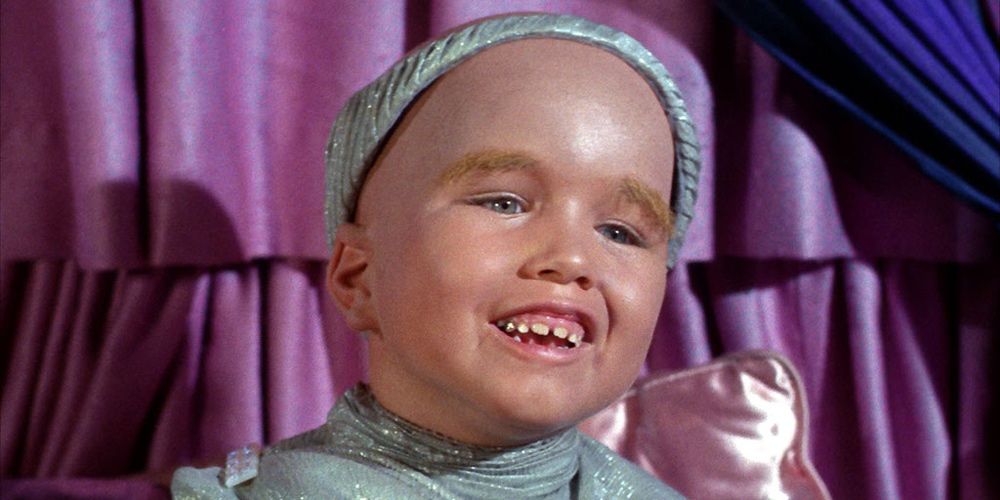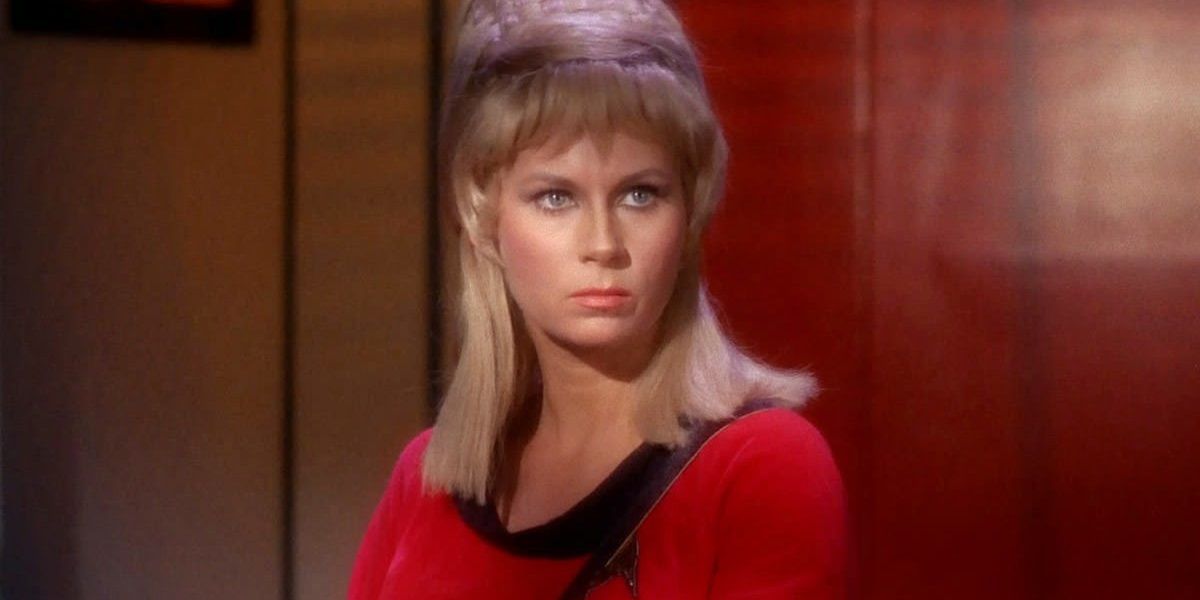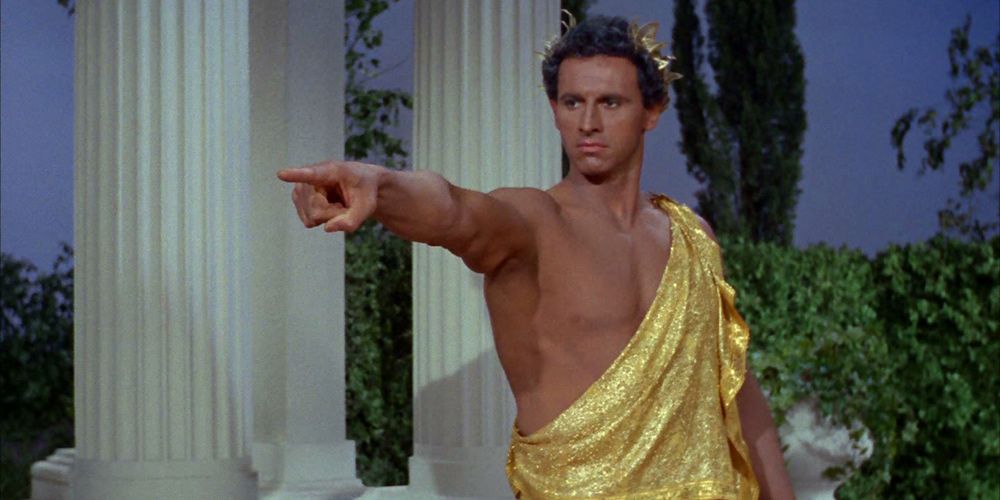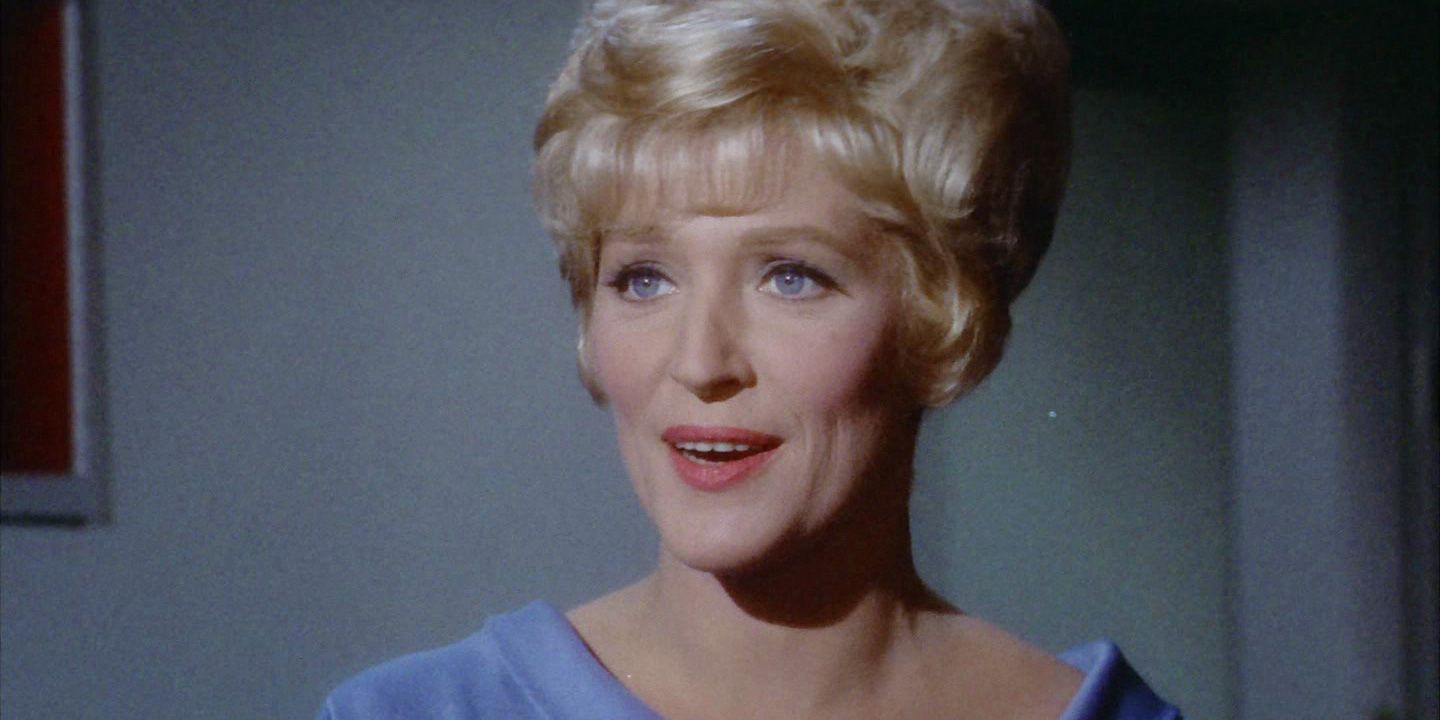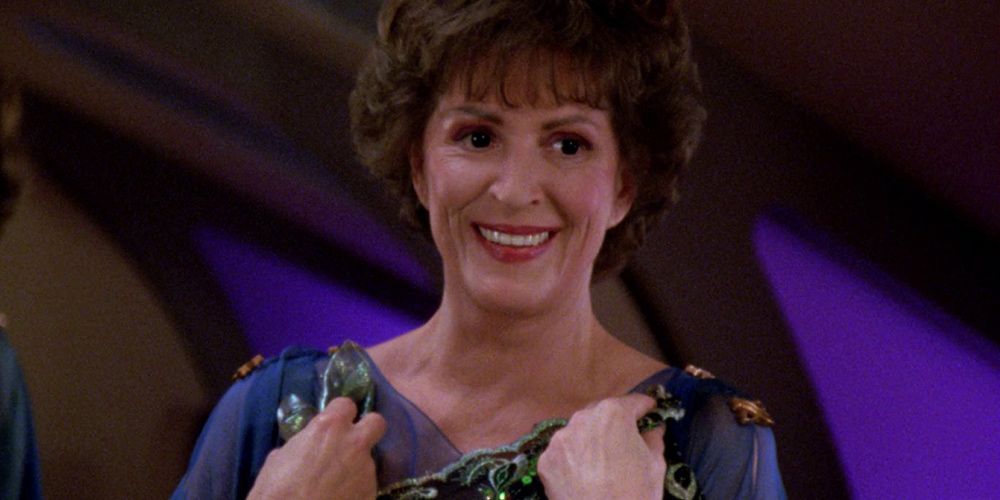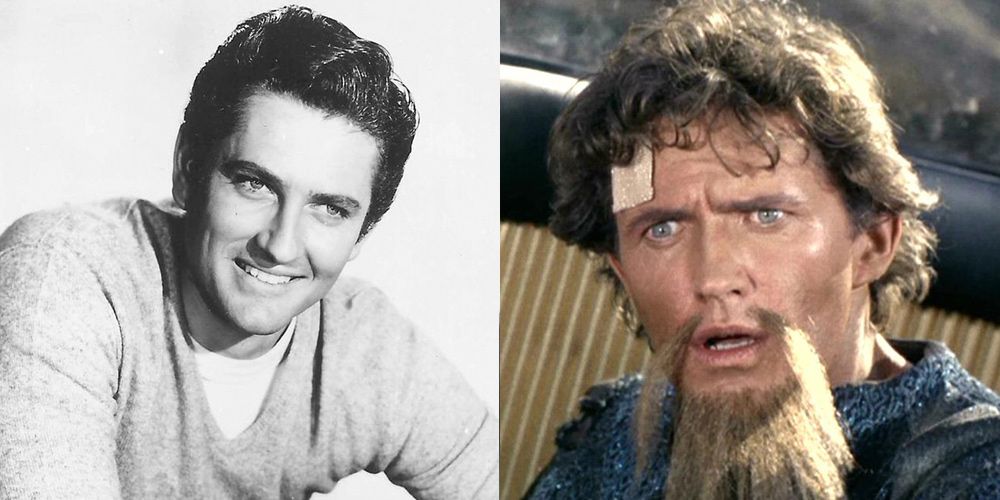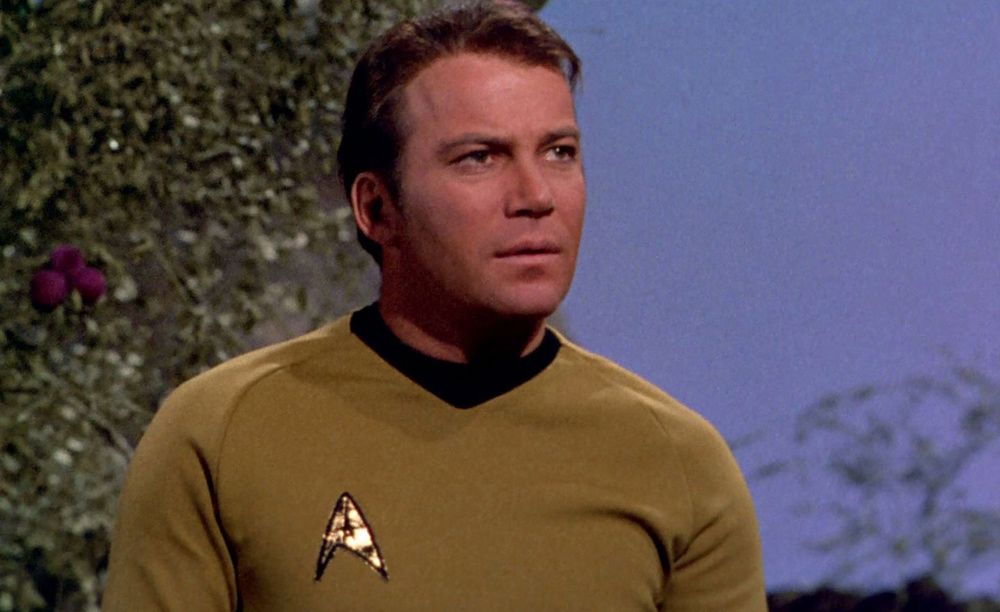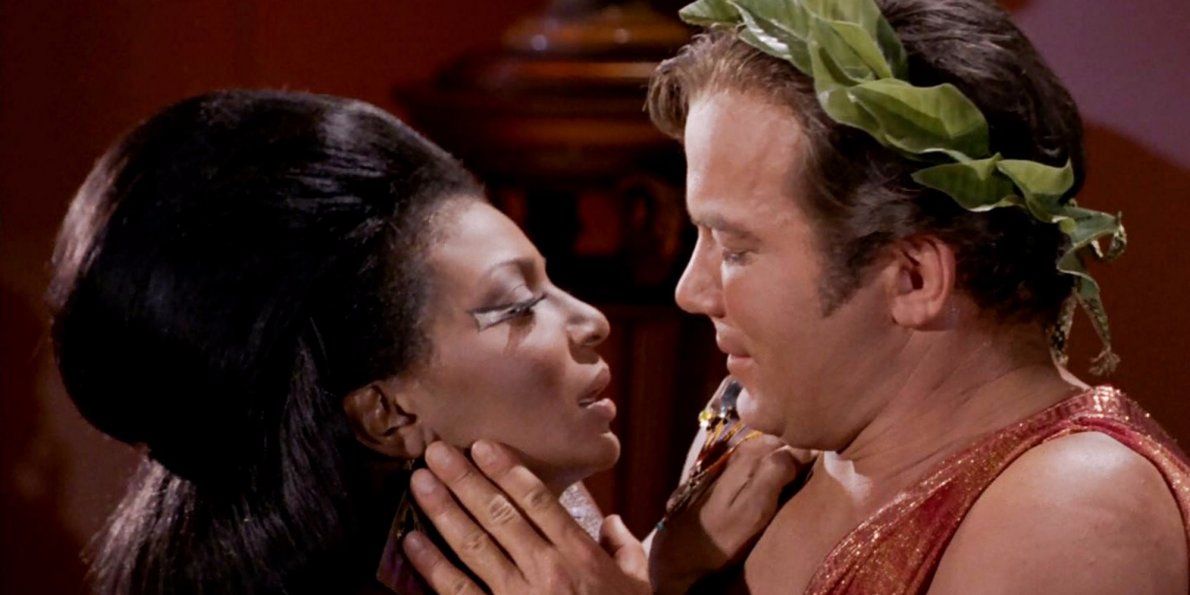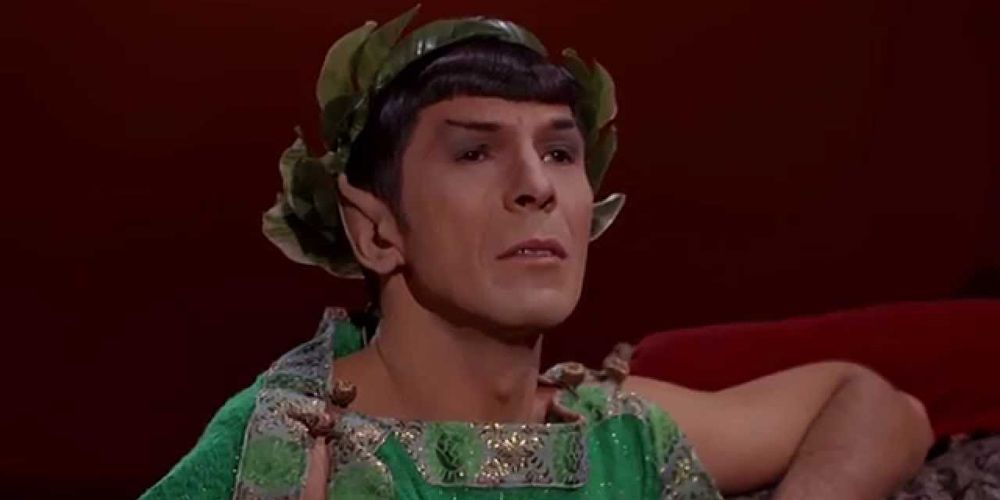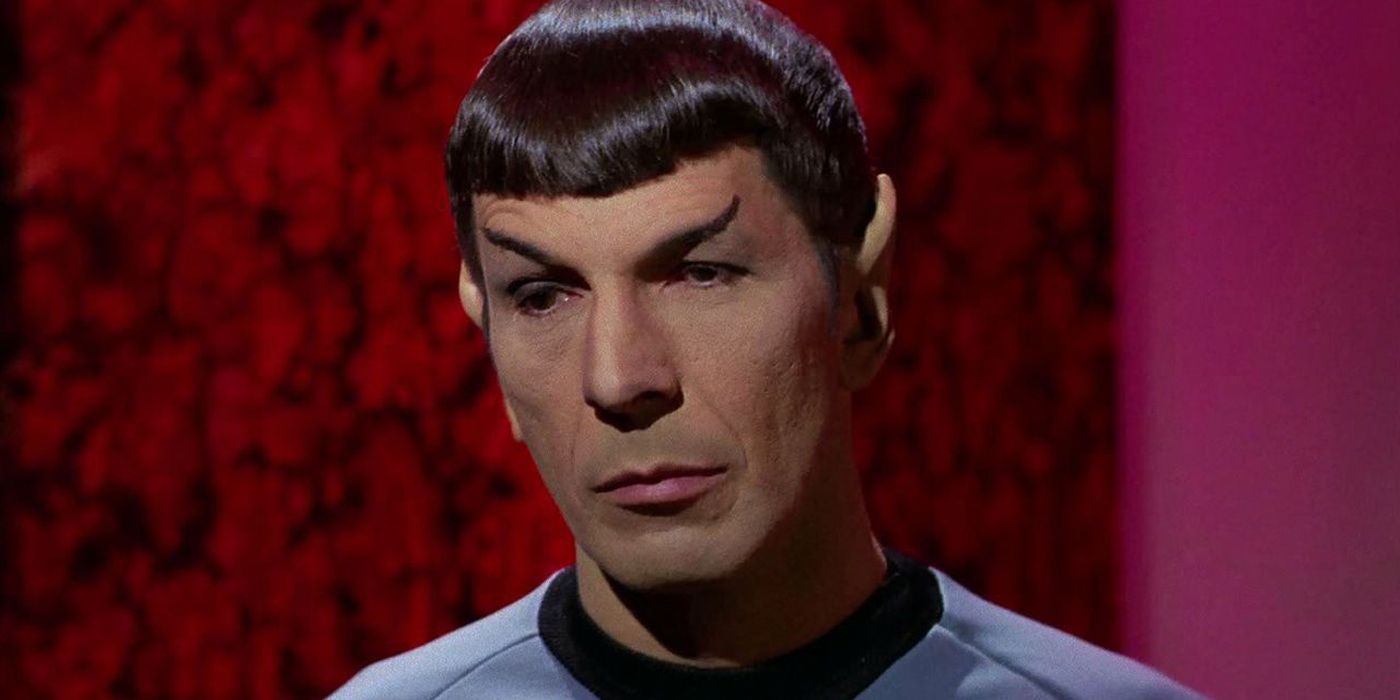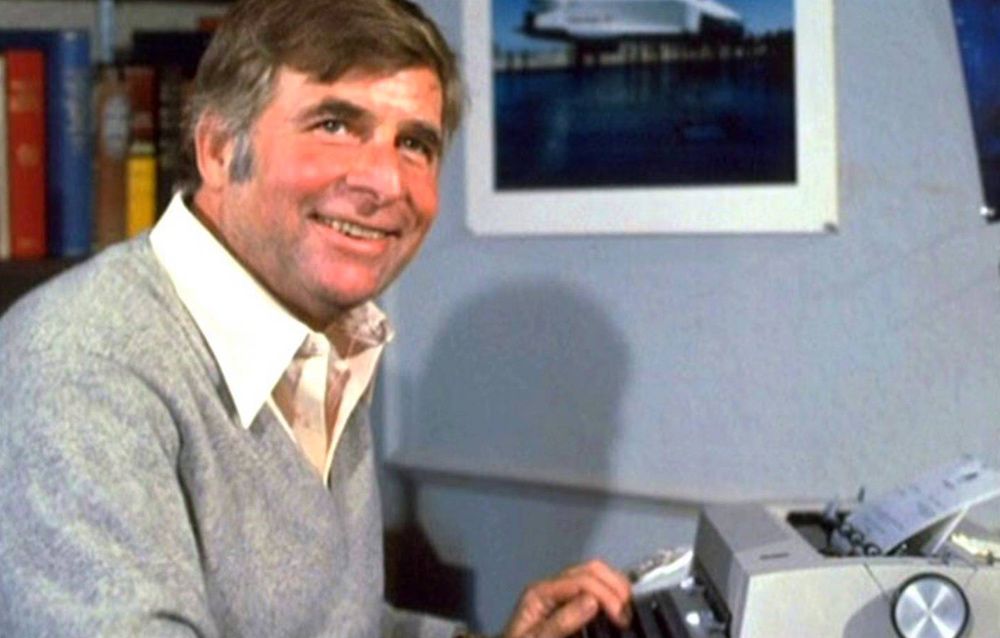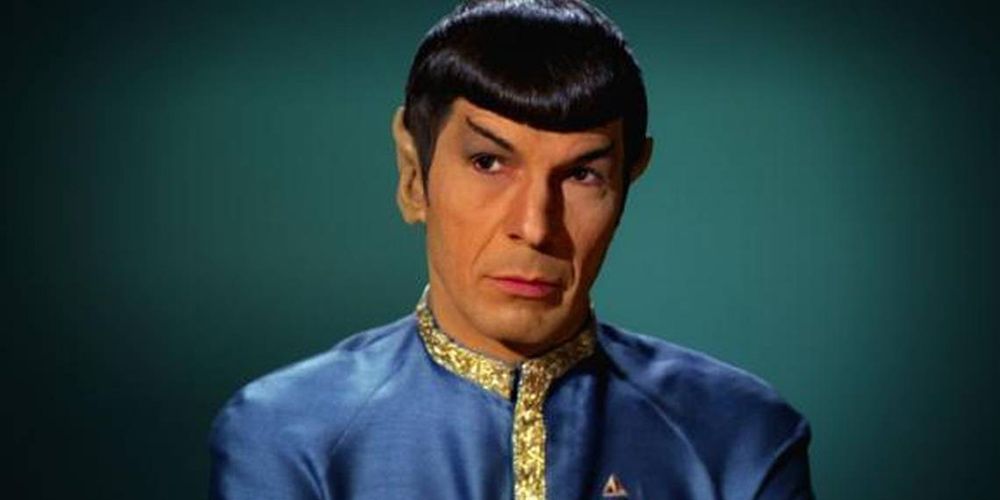Die-hard Star Trek fans pride themselves on their deep knowledge of whatever series or movie is their favorite-- sometimes even all of them.
Thanks to exhaustive sites like Memory Alpha, fans can dig deep for information on guest stars, alien species, and individual episodes of every series, but back in 1966 when The Original Series premiered, not only was there no internet, but the fandom itself wasn't even close to what it is today.
Despite that, many people involved with the original show knew that something big was happening, and they took painstaking notes and kept all the photos, memos, and paraphernalia that they could of their experiences. Old school fans have been reading books by these people for years.
Longtime TOS fans know about the interoffice memo chains that showed almost as much creativity as the scripts themselves, and about unsung heroes like producer-writer Gene L. Coon and associate producer Bob Justman.
They know that despite the prevailing view that Star Trek was a cheaply made show, it was actually among the most expensive of its time. They know that Jack Ruby's attorney, Melvin Belli, played the Gorgon in an episode (and was terrible), and that Captain Kirk's communicator inspired Martin Cooper to invent the first cell phone.
They also know scores more bizarre details and strange stories that still fascinate, over 50 years later.
With that said, here are the 21 Crazy Things Only True Fans Know About Star Trek: The Original Series.
On-set Explosions Gave Cast Members Tinnitus
There's a scene in "The Apple" where Spock throws a rock and it explodes as it hits the ground. The sound was so loud and damaging that the actors were still in costume when they were brought to a doctor's office in Hollywood to get help.
Twenty years later, DeForest Kelley (McCoy) admitted that he'd had a ringing in his ears ever since.
Leonard Nimoy suffered to a lesser degree, but also felt the effects for years.
William Shatner's hearing, already damaged because of his close proximity to an explosion while they were shooting "Arena," got substantially worse, and he suffered from tinnitus for decades, finally getting some relief from the American Tinnitus Association.
He says that the help they gave him literally saved his life.
There Were Animal Attacks
There were at least two incidents during the filming of the show in which wildlife got out of control.
First, bees took up residence in the studio during the filming of "Where No Man Has Gone Before".
William Shatner started making jokes about the distracting buzzing until a bee got him right on the eyelid. Guest star Sally Kellerman was also stung, and ended up very grateful that almost all of the rest of her scenes that day required her to stand.
Another time, the crew was shooting "Shore Leave" on location with a Bengal tiger. At one point, the chained tiger got loose, and everybody froze.
Shatner was six feet away from it, and as he put it, "the ignorant machismo that had been pulsing so heartily through my veins was replaced by sheer abject terror."
It's probably a good thing that the elephant they hired didn't make it to the location on time.
William Shatner's Jokes Bruised his Friendship with Leonard Nimoy
In 2001, Shatner interviewed Nimoy in Nimoy's backyard for a documentary called Mind Meld, and an old story came up as they reminisced.
During the filming of "Devil in the Dark", Shatner's father passed away, and Nimoy took great care to make things easy for him as he finished the day and then flew to Miami for the funeral.
When Shatner returned, still an emotional mess, they still had to shoot Kirk's reaction shots to Spock. Nimoy chose to support Shatner by giving his performance all the emotional weight he could.
Shatner, still in shock from his father's passing, chose that moment to make fun of him.
"Pain," Nimoy cried. "Somebody get that man an aspirin," Shatner called out. Nimoy, understandably feeling abused, didn't speak to him for weeks. ("Everybody laughed but you," Shatner told him later.)
In Mind Meld, the two men laughed so hard about this that they almost cried.
Teri Garr Had Such A Bad Experience On Set That She Won't Talk About It
During the second season, Roddenberry co-wrote an episode that was meant to serve double duty as a pilot for a possible new series, as Trek was (as always) on the edge of cancellation.
"Assignment: Earth" starred Robert Lansing as Gary Seven and Teri Garr as Roberta Lincoln. While other guest stars have turned onetime appearances into a lifetime of convention earnings, Garr had such a negative experience on and with the show that she never spoke about it in interviews.
She told Starlog magazine, "I did that years ago and I mostly deny I ever did it," and that she was glad the pilot didn't sell.
One theory? In Inside Star Trek, Bob Justman describes a painful session in which Roddenberry insisted that costume designer Bill Theiss keep reducing the length of Garr's skirt, even kneeling down in front of her and rolling it up himself.
Lucille Ball Once Swept the Studio Floor
Trek historians know that without Desilu, the production company formed by Lucille Ball and Desi Arnaz, Star Trek would never have been produced.
The book Inside Star Trek: The Real Story by Bob Justman and Herbert F. Solow reports that she really got into the weeds as they were shooting the second pilot, "Where No Man Has Gone Before".
The studio floor had been changed to rocky terrain covered by sand, which was getting in the camera's dolly tracks and slowing down production.
Embracing team spirit, Solow (VP at Desliu) and Justman (Associate Producer) grabbed brooms and started sweeping the tracks clean between takes, noticed a third broom joining them, and came face-to-face with Lucy, who smiled, and said, "What I won't do to get the wrap party started!"
Lamb Chop's Puppeteer Wrote an Episode
In addition to being a highly successful puppeteer, ventriloquist, and TV show host, Shari Lewis was also an avid Star Trek fan who dreamed of writing an episode.
She and her husband co-wrote "The Lights of Zetar" for Star Trek's third season.
She was disappointed when she didn't get to guest star as Lt. Mira Romaine, but still thrilled to be a part of the show.
While it's not regarded as a particularly good episode, it did introduce the concept of Memory Alpha, the central library "containing the total cultural history and scientific knowledge of all planetary Federation members."
Memory Alpha is the name of the ultimate Star Trek wiki, supplying every possible detail about Star Trek for fans, but also for writers of the J.J. Abrams Trek movies and Star Trek: Discovery.
Harry Mudd Almost Had His Own Series
Harry Mudd was a popular guest character on Star Trek, appearing in two episodes plus another in the animated series. He was going to appear in another TOS episode, "Deep Mudd", but actor Roger C. Carmel was working and unavailable.
In the early '80s, he told the Official Star Trek Fan Club magazine that at Herb Solow's farewell party, Gene Roddenberry walked up to him and said, "it's a shame that series idea for you never worked out."
Carmel had known nothing about it, and Roddenberry said NBC had asked him to develop something for Mudd, "a space pirate, intergalactic con-man kind of thing," but never had time to do it.
There were also plans that never came to fruition to put him in Star Trek IV: The Voyage Home and an episode of TNG.
Of course, there's still Rainn Wilson's Mudd roaming Discovery's galaxy with Stella by his side.
The Pranks Were Relentless
While stories of on-set dissension are legendary, so were the pranks. In fact, there are more than a few examples of pranks happening behind the scenes.
Actors had such limited time to get lunch that Leonard Nimoy bought a bike so he could quickly speed to the commissary, so William Shatner started hiding it.
He'd get it hoisted up into the rafters, or stash it in his dressing room where it was guarded by his dobermans -- and then leave to go get his own lunch.
When Nimoy locked the bike in his car, Shatner had it towed.
A suit salesman was brought into Gene Roddenberry's office and found himself face-to-face with Ted Cassidy in full "Ruk" makeup. He stammered through his pitch, believing it was Roddenberry the entire time.
Also, when Bob Justman and his wife boarded a flight to Hawaii for a much-needed vacation, they found the Balok head from "The Corbomite Maneuver" had booked the seat between them.
Ron Howard's Dad Was on Set for the First Regular Episode Shot
"The Corbomite Maneuver" wasn't the first episode to air, but it was the first one filmed after the show's two pilots.
Its featured guest star was a then seven-year-old Clint Howard, who had been acting since he was just two, appearing on his big brother Ronny's show The Andy Griffith Show.
Their dad, actor Rance Howard, accompanied Clint to the Star Trek set, where he had to assert his authority more than once.
They wanted to shave Clint's head for the role, which Rance nixed. However, when it came time for Balok to drink the tranya, Clint balked-- it was pink grapefruit juice, which he hated.
He asked his dad if he could get them to swap it out for something else, but this time, Rance put his foot down. "You're gonna drink the grapefruit juice," he said, "and you're gonna like it."
The Miniskirt Uniforms Were Feminist
It's easy to look back at 1960s Star Trek and roll your eyes at the revealing costumes worn by the female characters.
Most of them were glued or taped onto their wearers because of just how tenuous their grip was. However, the famous Starfleet uniform miniskirts were not so much offensive as they were feminist.
In the '60s, minis were a progressive choice for women. The stuffy old guard found them obscene, but young women saw them as a freeing political act as well as a fashion option.
When Star Trek's costume designer was told to make the uniforms more attractive, it was actress Grace Lee Whitney (Janice Rand) who suggested the minis.
In the end, it was really shorts with a skirt flap over the top -- a skort -- but the effect was the same.
Men Were Objectified
While there was definitely an discriminatory atmosphere on the set (and in the world) in the '60s, and Star Trek's women wore some crazy and exploitative costumes, men had their moments too.
Kirk found himself shirtless in multiple episodes, and was frequently offering himself up to women all over the galaxy to save his crew.
Michael Forest, who played Apollo in "Who Mourns for Adonais?" was asked to remove his shirt for his audition, as they needed to see if he had the muscles required.
However, he also told StarTrek.com, "they had to put tape on my [chest] for that episode. Can you imagine? They put tape on a guy, on a guy’s [chest]. I mean, come on. But that’s what they did, and then they put makeup over that. I thought at the time, 'I can’t believe what they’re doing.'"
Gene Roddenberry and Majel Barrett Tried to Trick NBC
In the show's original pilot, "The Cage", Majel Barrett (who was having an affair with then-married Gene Roddenberry) played Number One, Captain Pike's first officer.
NBC didn't like her, and wanted her off the show. However, she was determined to find her way back on, and so was Roddenberry.
One day she bleached her hair blonde, and waited outside his office, where he walked right past, not realizing it was her.
After his double-take, she told him that if she could fool him, then surely they could fool NBC. He agreed, and Star Trek welcomed the recurring character of Nurse Christine Chapel.
They took it a step further, changing her credit in "The Cage" -- which would later air as part of "The Menagerie" -- to her birth name, M. Leigh Hudec, in the hopes that NBC wouldn't realize that Hudec and Barrett were the same person. (It didn't work.)
Majel Barrett Left $4 Million to her Dogs
Majel Barrett passed away in 2008. She had an amazing legacy with Star Trek, having played Number One in the first pilot, Nurse Chapel on The Original Series, multiple characters on The Animated Series, and Lwaxana Troi on The Next Generation and Deep Space Nine.
She also provided the computer voice for the main ship in every series but Enterprise, and then guest starred on Seth MacFarlane's Family Guy as the computer of Stewie's "ship."
When she passed away, stipulated in her trust documents were provisions for her dogs. This included a $4 million trust, a mansion to live in, and a million dollars for Reinelda Estupinian, their caretaker, to look after them.
Estupinian got to live in the mansion too. Barrett felt that Estupinian took even better care of her dogs than she did herself.
Star Trek got Drew Barrymore's Dad Suspended From Acting
John Drew Barrymore, father of Drew, was hired to play Lazarus in the episode "The Alternative Factor", but on his first day of shooting, he left for lunch and didn't come back.
They went out searching for him, but couldn't find him. The director, already on a tight shooting schedule, started filming as much as he could around the Lazarus scenes, but when Barrymore didn't show up again the next day, someone was dispatched to Robert Brown's house to see if he would agree to take over and save them from scrapping the whole thing.
It was Robert Brown's birthday, but he was dragged out then and there to start work.
Star Trek filed a grievance against Barrymore with the Screen Actors Guild.
The guild then suspended his membership, and therefore his ability to work as an actor, for six months.
Shots Were Constantly Reused
Notice something funny about this shot from "The Way to Eden"? Kirk's insignia is on the wrong side of his shirt. This is because the entire shot is a reverse, lifted from "Let That Be Your Last Battlefield" and given a new backdrop.
While it's normal for show to re-use sets and costumes, Star Trek's producers had to be especially creative.
Camera and lighting set-ups take time, and time is money.
Bob Justman filmed reaction shots from Sulu and Chekov to re-use as needed, close-ups of hands on controls were repeated, and sometimes these tricks were easy to spot.
In "Wink of an Eye", Scotty gives a log entry on the bridge, but the dialogue doesn't match his lip movements and his hair is inconsistent with the rest of the episode -- because that scene was taken from "The Empath".
There's even someone else at Uhura's station, but only in that scene.
Star Trek did NOT Have the First Interracial Kiss on TV
Despite the legendary status of Star Trek having TV's first interracial kiss, it didn't. In "Plato's Stepchildren", Kirk and Uhura were forced to kiss by telepathic aliens.
However,the very first "interracial" kiss on American TV was in a 1960 episode of Adventures in Paradise, between white actor Gardner McCay and Pilar Surat, from Manila. (Surat would later appear as Sybo in the Trek episode "Wolf in the Fold," and her son is producer Dean Devlin.)
A year before "Plato's Stepchildren", the NBC variety special Movin' With Nancy showed Nancy Sinatra and Sammy Davis, Jr. greeting each other with a kiss.
As for fiction, British TV viewers had already shown a black character kissing a white one as early as 1959.
So to be precise, Star Trek gave American TV its first kiss between a fictional white character and a fictional black character.
Leonard Nimoy Wrote the "bitter dregs" Song Himself
In "Plato's Stepchildren", Spock is forced by evil telepathic aliens -- the same ones who made Kirk and Uhura kiss -- to cry, laugh, and tenderly sing.
The song was a gem, remembered by many fans as the "bitter dregs" song due to the last line of the first verse: "Ahh, ah, ah, bitter dregs."
The real title was "Maiden Wine," and Leonard Nimoy wrote the song himself.
In 1969, it turned up on an album of his called The Touch of Leonard Nimoy, complete with another verse and a full musical arrangement.
That was one of five albums by Leonard Nimoy; the first came out in 1967 and was called Mr. Spock's Music From Outer Space. It was re-released on a limited basis in 2017 for Record Store Day.
Leonard Nimoy was Nickel and Dimed About Pens and Pencils
Back in the olden days before smart phones, email, and Twitter, fans used to send snail mail. Leonard Nimoy received more mail than anyone else on the show, and in his memoir I Am Spock, describes how he put in a simple request for pens, pencils, and paper so that he could answer his mail between takes.
He promptly received a memo from Desilu outlining that they would pay for the photos they approved for him to sign, envelopes, postage "which the studio would normally cover under its existing fan mail facilities," and Desilu-designated stationery. They would not cover pens, pencils, staplers, and staples.
Amusingly, this led to one of those historic interoffice memo chains Trek is famous for, as others jokingly chimed in.
Bob Justman reported "a fiercely vise-like grip upon me somewhere between my neck and shoulders" before discovering the loss of more office supplies.
Roddenberry was Rewriting Scripts as They Were Being Filmed
While Gene Roddenberry's constant rewrites of established writers like Harlan Ellison and Richard Matheson are already well documented, he was also a huge procrastinator when it came to writing.
Even the classic opening narration -- "Space, the final frontier" -- wasn't written until a few days before the first episode was scheduled to be delivered.
They had to pull William Shatner out of a scene in "Dagger of the Mind" to rush him into recording it.
However, the scripts, which needed rewrites because even the best writers didn't always know the show and its characters as well as they should, were often edited by Roddenberry in the middle of being filmed.
"Shore Leave" was shot on location, and cast members recall seeing Roddenberry rewriting Theodore Sturgeon's script while sitting under a tree, handing off pages one at a time as they were done.
Fans Used to Ask Leonard Nimoy's Dad for Spock Haircuts
As Spock became a breakout character, his distinctive haircut became popular too, and teenagers across the country wanted to get it for themselves.
Nimoy's father, Max, owned a barbershop in Boston, and in an interview in the mid-1960s in 16 Magazine, he reported that kids came into his shop all the time asking him to give them the "Spock haircut."
These kids had no idea whatsoever that the person they were asking was the real Spock's father.
Decades later, Leonard Nimoy would show that even after years as a successful actor and director, he could still carry on the family legacy.
In 2010 he tweeted a photo of himself and his grandson, with the caption "Cutting my grandson's hair. It runs in the family. My dad was a barber."

